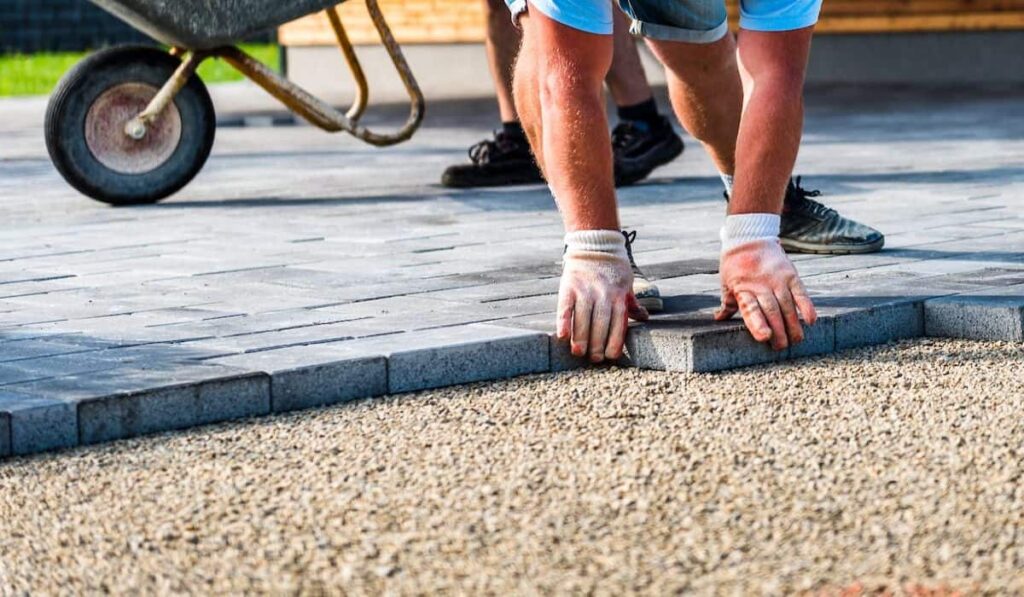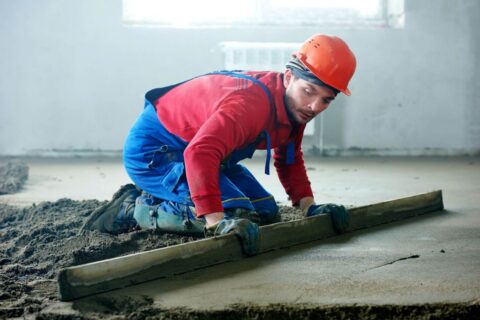Installing new pavement—for a driveway, walkway, patio, or parking area—is a great way to enhance your property’s curb appeal and functionality. A smooth, well-laid pavement looks professional, lasts longer, and provides safer footing. However, achieving that flawless, even surface requires more than just pouring material and letting it dry. With the proper preparation, techniques, and follow-through, you can ensure your new pavement stands the test of time. Here are some easy yet essential tips to get a smooth new pavement.
Start with Proper Planning
A successful pavement project begins with good planning before any materials are laid down. Determine the purpose and load the pavement will need to handle. For example, a driveway needs to support the weight of vehicles, whereas a garden path only needs to accommodate foot traffic. This decision will influence the type of materials, base depth, and surface layer thickness.
Also, consider factors like drainage, slope, and property boundaries. Ignoring these can lead to later puddling, cracks, and legal issues. Before excavation begins, it’s a good idea to mark out the area with stakes and string.
Choose the Right Material
The type of pavement material you select plays a significant role in the smoothness and longevity of your surface. Common options include:
- Asphalt: Known for its flexibility and quick installation. Ideal for driveways and roads.
- Concrete: Offers a solid, long-lasting finish but requires precise finishing for smoothness.
- Pavers: Easy to install and replace, though the surface can be uneven if not laid properly.
- Gravel: Cost-effective and easy to maintain but unsuitable for smooth, formal finishes.
Pick a material that suits your budget, aesthetic, and functional requirements.
Use Professional Tools or Hire Experts
While DIY paving can save money, achieving a smooth surface requires professional tools and skills. A concrete screed, asphalt roller, or levelling system ensures even thickness and finish. If the project is complex or you want guaranteed results, hiring paving contractors is a smart move. They have the equipment, expertise, and experience to ensure everything is done right the first time.
Before hiring, check references, look at past projects, and ensure they’re licensed and insured. A well-laid pavement is worth the cost of professional craftsmanship.
Focus on Grading and Drainage
Water is the enemy of pavement. Improper drainage can cause erosion, cracks, and premature wear. Ensure the area is adequately graded so water flows away from the surface rather than pooling on it. A general rule is maintaining a slope of at least 2% (about 1/4 inch per foot).
Consider adding drainage channels or permeable paving systems to manage runoff effectively for large areas or those near structures.
Invest in a Solid Base
A smooth pavement begins with a stable foundation. The base layer—usually compacted gravel or crushed stone—is critical in preventing future issues like sinking or cracking. Excavate the area deep enough to accommodate a sub-base and base layer, then compact each layer thoroughly.
Use a plate compactor or roller to compress the material evenly. Any soft or poorly compacted spots will eventually lead to uneven pavement.
Finish Carefully
The final step in achieving a smooth pavement is the finishing technique. For concrete, this includes troweling, brushing, or stamping for texture and appearance. Rolling the surface while it’s still hot for asphalt to compact it uniformly is essential.
Remember curing time. Allow the material to set and harden properly—typically 24 to 72 hours—before use. Avoid walking or driving on the surface too soon, as this can lead to dents or imprints.
Maintain It Regularly
Even the best pavement needs regular maintenance to stay smooth and attractive. Clean off debris, seal cracks early, and apply a sealant every few years if required. For pavers, re-sanding and weed control are essential. Preventative maintenance extends the lifespan of your investment and keeps it looking like new.
Conclusion
Getting a smooth new pavement doesn’t have to be complicated—but it does require attention to detail, good preparation, and the proper techniques. From planning and materials to grading and finishing, every step matters. Whether you’re going DIY or working with paving contractors, these easy tips will help ensure your pavement is smooth, durable, and visually appealing.
So take your time, plan smart, and enjoy the benefits of a well-laid surface that adds value and beauty to your home or property.
Read More Blogs At: The Home Designer





